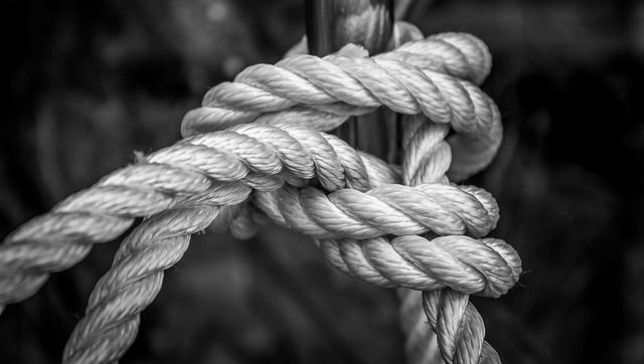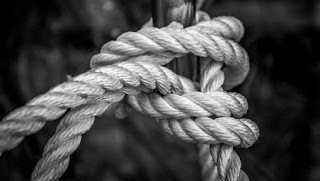Know the different type of knots for rope access work

A significant piece of any rope access work is having the option to tie knots in the correct manner, for the correct reason, and in the correct conditions. Each unique kind of bunch (and there are many) is fit to a particular errand or move, so it's imperative to have a decent working learning of which bunches are required in which circumstances. In addition to the fact that this makes your work progressively successful, it additionally guarantees the security of yourself as well as other people around you.
Figure of eight
The figure of eight is probably the most grounded bunch for making circles toward the finish of ropes and the most normally utilized bunch for rope fixing. The bunch is tied legitimately into a bridle or grapples and can withstand substantial burdens for continued timeframes. For the most secure and most secure outcomes, the bunch ought to be stacked start to finish with as little a circle as could be allowed – this will avoid slippage and cross-stacking. Whenever done effectively, the bunch will be anything but difficult to unfasten and have at any rate 10cm of abundance on the tail.
Bunny knot
The bunny knot is otherwise called the 'twofold figure of eight' since it's basically a similar bunch as depicted above however with two circles rather than one. It's sort of like tying your shoelaces, despite the fact that it's more perplexing and way increasingly significant. This knot proves to be useful when there are two stays in closeness to which each circle can be joined (yet you ought to never append the two circles to a solitary grapple point).
Figure of nine
The figure of nine knots is like the figure of eight, however, it is considerably more grounded and simpler to loosen (even after it has been stacked for some time). Just as having indistinguishable applications and necessities from depicted for the figure of eight, the bunch is tied similarly just with an additional move in the direction of the end. Similarly, as with any bunch, the figure of nine should wind up being uniform and effectively recognizable by and by.
Alpine butterfly
The alpine butterfly is a bunch that is tied amidst a rope to give an additional purpose of connection (frequently with a figure of eight bunch tied toward the finish of the rope). This bunch is fundamental to the apparatus of a Y-hang, which helps when sharing a heap between two stay focuses that are far separated. It can likewise be utilized to incidentally 'evacuate' harmed areas of a rope by removing the weight that is being applied on unharmed segments of the rope.
Overhand knot
The overhand knot is a little and tight circle toward the finish of a rope that goes about as an essential type of grapple point. It is predominantly used to connect cows tails to a tackle, however, it can likewise be utilized to join devices to your saddle through cords, keeping them from falling and putting those underneath in danger. The overhand bunch additionally appreciates the additional advantage of being among the simplest to tie; it is consequently a fundamental bunch for novice rope get to professionals!
Stopper knot
A stopper knot is tied toward the finish of a rope so as to keep it from pulling through a belay when an expert is abseiling, making it a necessary piece of their wellbeing. Accordingly, these bunches ought to be tied toward the finish of each rope that is being utilized in a given apparatus. Not at all like different bunches shrouded in this rundown, the plug bunch can't be utilized as a grapple point – rather, it essentially goes about as a hindrance through which a specialist can't pass. They are exceptionally simple to tie, so there's no reason for neglecting this significant little bunches.




